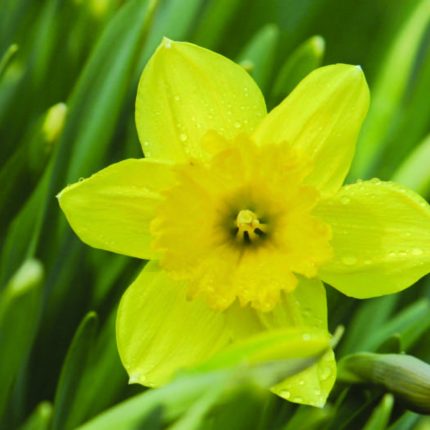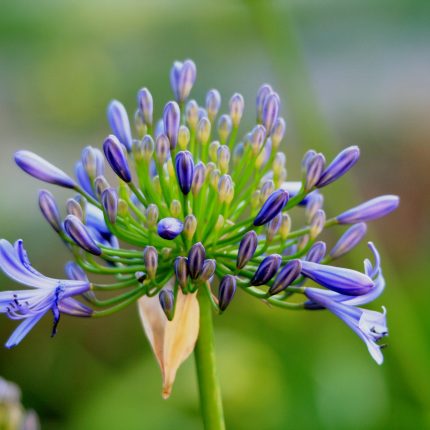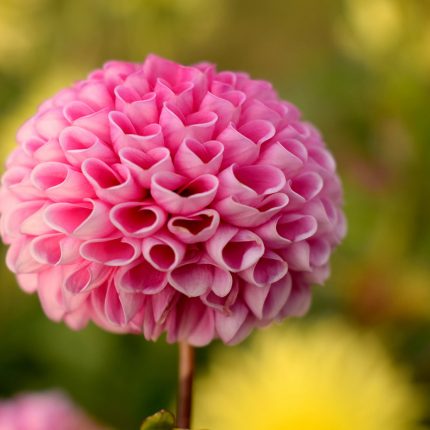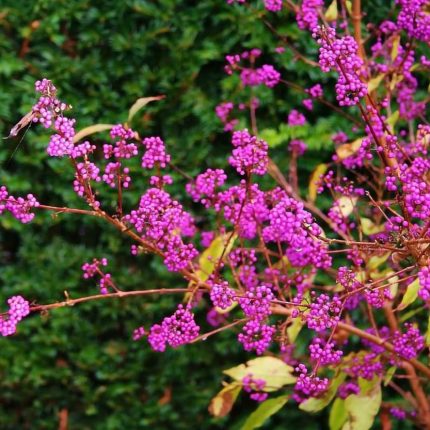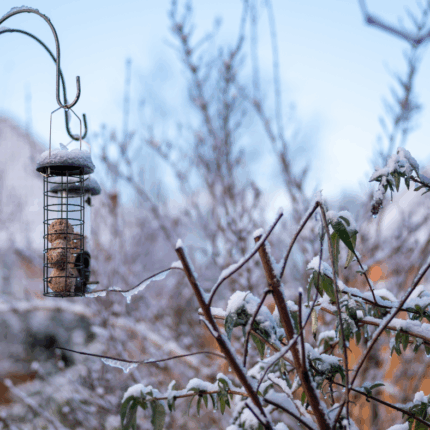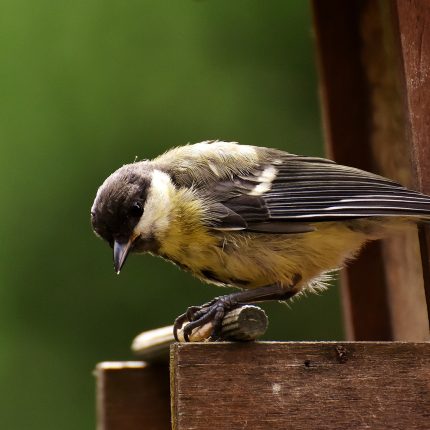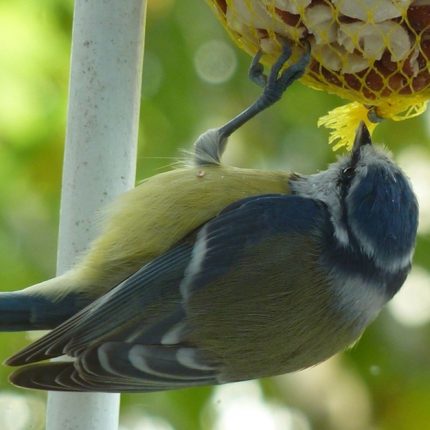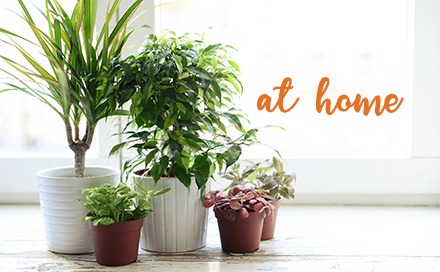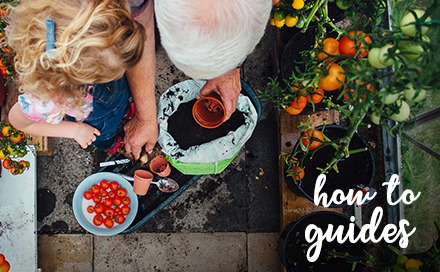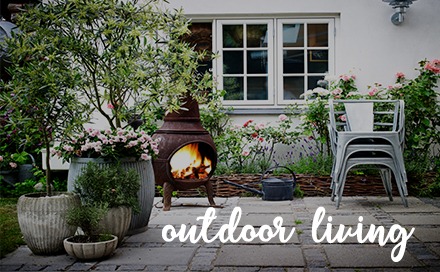Best Plants to Kickstart Spring
A list of a few plants that are ideal for planting around this time of the year.
Camellias
Camellias can be a valuable addition to any March garden. Their ability to thrive and bloom in the shade make them ideal to add some welcome colour to what might be an otherwise dull part of the garden. They are an evergreen shrub so they are a hardy, resilient plant and they are perfect for planting at this time of year.
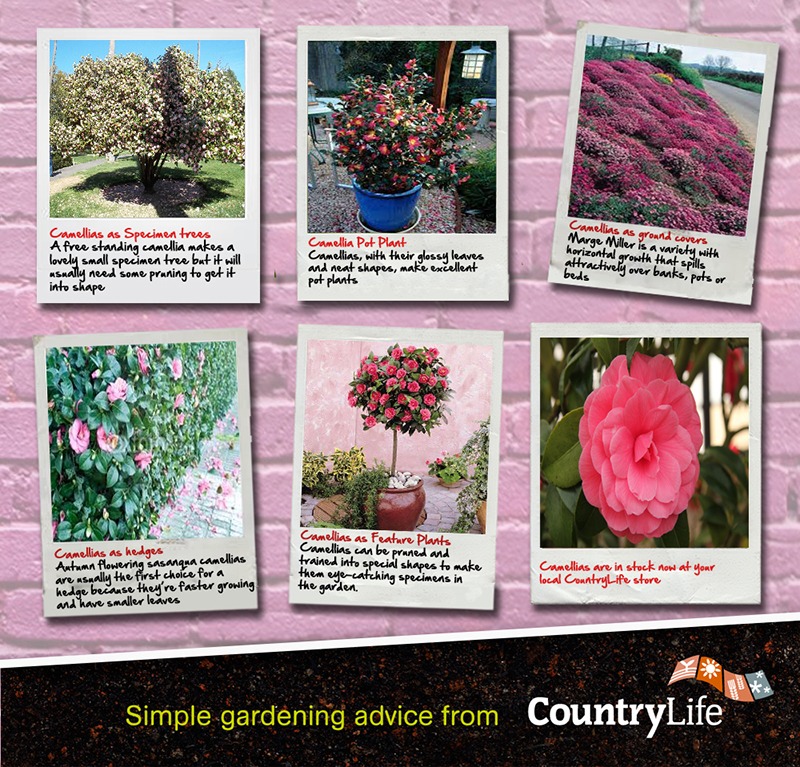
Choosing a Variation
Perhaps the most appropriate choice of camellia for this time of year would be the “Camellia Japonica” which generally flower in early spring.
The soil is beginning to warm up again, and this will allow the roots of your Camellia to properly establish.
Location for planting
As I mentioned, camellias are a hardy plant and are adaptable to a variety of conditions. They will flower in full sun, partial sun or even in the shade.
You will probably get the best response from your camellias (especially the white flowering forms) through dappled or partial shade.
Camellias require an acidic base, so if your garden can’t provide this it might be best to grow your camellia in a container using an ericaceous compost.
Make sure all weeds are removed from your plant site before planting.
How to plant Camellias
- Ensure that you don’t plant too deep, try to plant level to the soil surface
- Allow a space of about 3 metres for each plant
- Dig a hole just deep enough for the rootball and twice as wide
- Backfill the bottom 2-3 inches and pack it down
- Ensure the rootball is 2-4 inches above grade with a slope around it for drainage
- Mulch around the plant, and put a small 1 inch layer over the rootball
- Water directly after planting
Camellia maintenance
Be sure to water you camellias regularly especially in warm weather, and if they are newly planted. Well established plants won’t need as much water.
Feed your camellia with camellia fertiliser in the springtime, and again in the midsummer if your plant begins to struggle. Stop fertilising in September as your plant enters its dormant period.
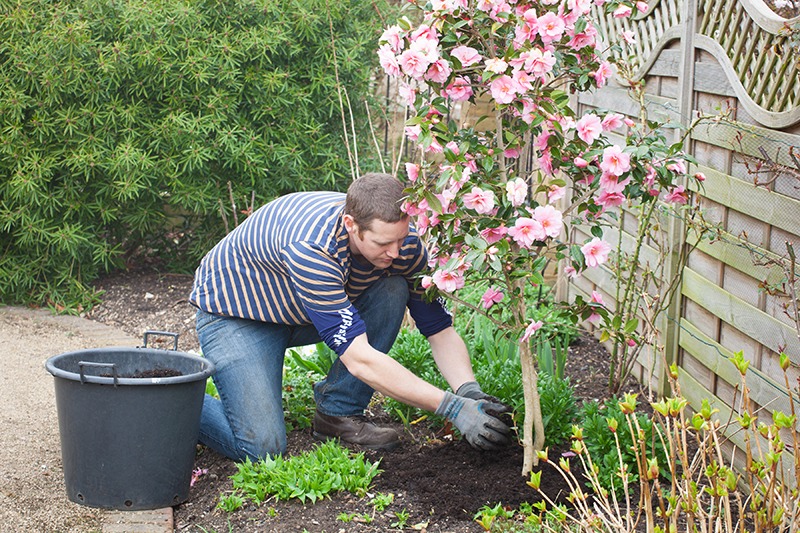
Once your camellia has finished blooming, you should begin to prune. If you wish to make your plant more upright you can cut lower branches on the plant. Cutting top growth can make longer thinner shrubs look that bit fuller.
You’ll be thankful to know that camellias are relatively free of pests and diseases so you need not worry yourself too much with regards to pest control!
Primroses (Primula)
Primroses come from the Latin term “Prima Rosa” which translates to “First Rose”. Primroses generally flower from around November through to late March or April.
Primroses grow best in shaded areas or in areas with dappled shade and in indirect sunlight. They also do well in moist, well-drained soil. Drainage will allow your primrose to avoid root rot.
When planting your primroses, you should try to plant them about the same soil level in the pot. A handy tip is to plant your primrose at a slight angle which will allow rain water to run off. This will mean rain water won’t collect in the centre of the plant and you can avoid rot.
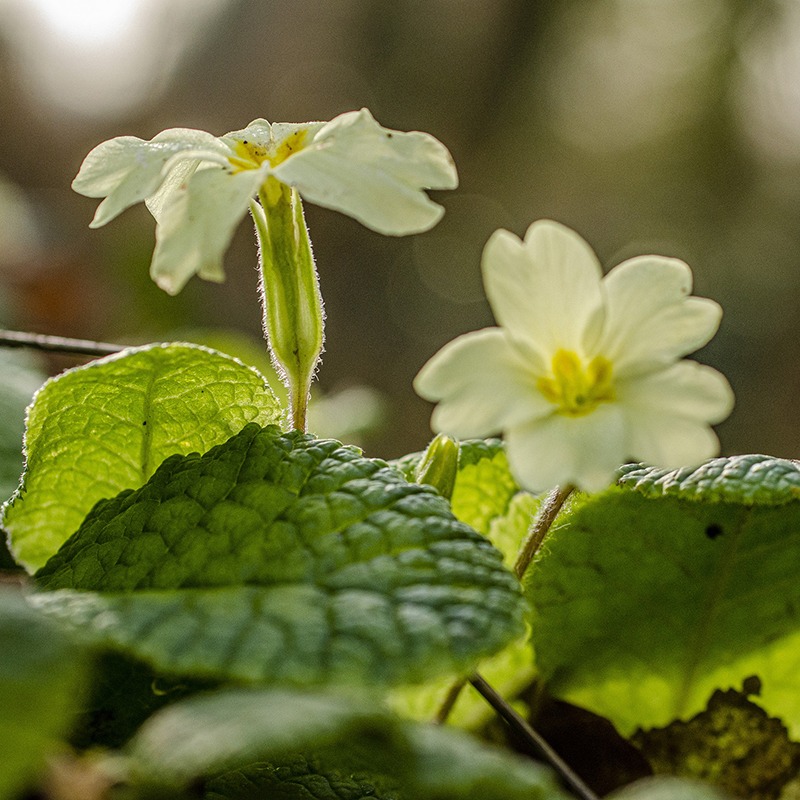
Rhododendrons
Rhododendrons enjoy a planting site similar to that of primroses. They are natural woodland plants and so require dappled sunlight (but not deep shade) and moist well-drained soil. They are ideal for planting in March or April.
Try to avoid planting your rhododendron too deeply. Instead, just cover the roots as rhododendrons are a surface rooting plant.
Rhododendrons grow best in ericaceous “acid soil”. Lime tolerant rhododendrons “inkahro” are also available at Countrylife branches, and will grow in any soil. Just ask in store!
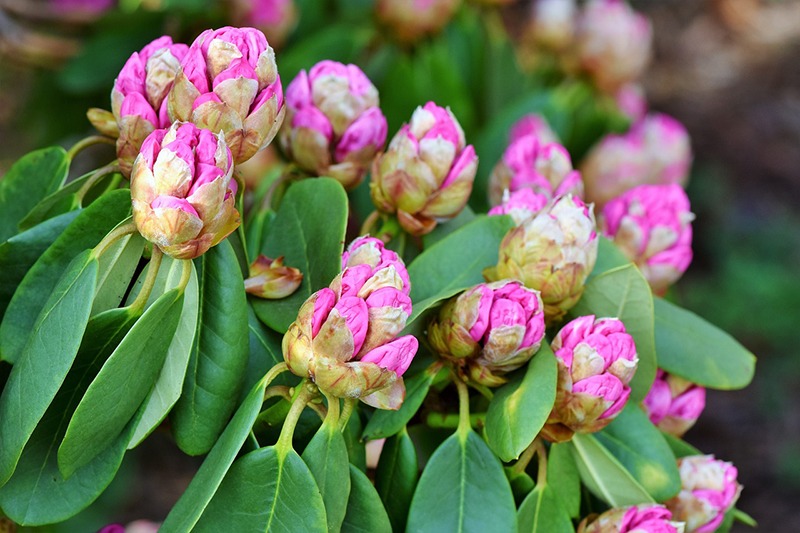
Apply approximately 3 inches of bark mulch to the planting area. Maintain your rhododendrons by renewing or replenishing your bark mulch each spring.
Rhododendrons are evergreen plants. Because of this, they can often be quite big, robust plants. This is not always the case, however, as there are such thing as dwarf rhododendrons for smaller gardens.
Some people worry that Rhododendrons can be an invasive plant in the garden but the ones your find in garden centres nowadays are all hybrids and will stay quite small.
We’re here to help
If you have any questions about camellia planting talk to any of our horticulturists in store. If you have a specific problem like pest damage on a plant, it’s really helpful to bring us a photo of it. We’d love to help.

